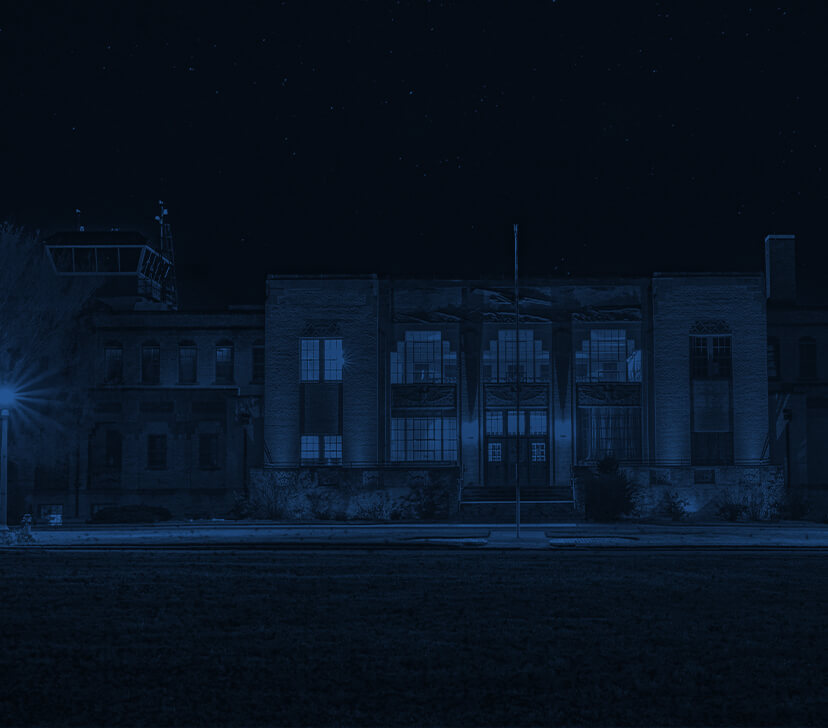That page is missing.
Might have moved that, search for it below.
Find us at the intersection of South George Washington Boulevard and 31st Street South adjacent to McConnell Air Force Base. Open every day except Thursday.
A 1927 Swallow, a 1931 Stearman Model 4D - just two aircraft on display inside the west wing.
The B-52 under restoration is a highlight of our ramp.
The importance of the Kansas Aviation Museum building to the glory days of Kansas aviation cannot be overstated. Its grand art-deco style appeals both to the aviation community and to anyone interested in historic preservation.
The Kansas Aviation Hall of Fame preserves the memory of extraordinary citizens of Kansas who have made contributions to aviation of statewide or national significance.
Dozens of talented, dedicated and highly skilled volunteers donate countless hours of their time restoring aircraft so they can take their place telling the story of Kansas aviation. Restoration projects range from the earliest production aircraft to the much revered Beechcraft Bonanza.
Our archives are a gold mine of aviation history for the United States and the world. We have original documents, photographs, negatives, drawings, periodicals and blueprints of many historic aircraft.


*Last Admission at 4pm*
Monday-Wednesday: 10am to 5pm
Thursday: Closed
Friday-Saturday: 10am to 5pm
Sunday: 12pm to 5pm
Memorial & Labor Day: 12pm to 4pm
Closed: New Year's Day, Easter, July 4th,Thanksgiving & Christmas
